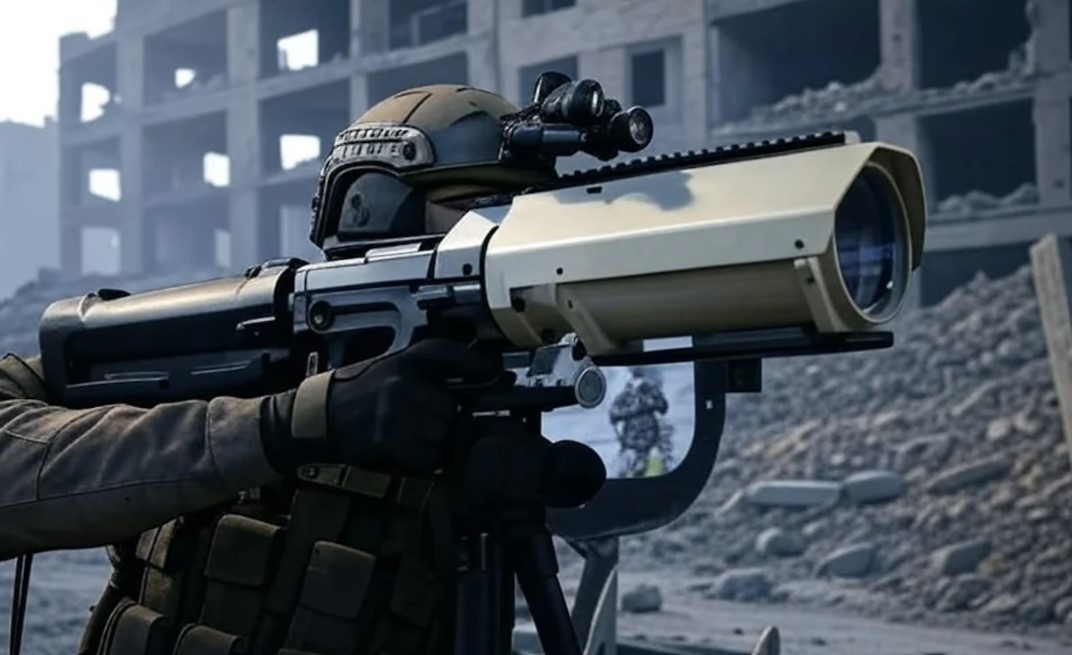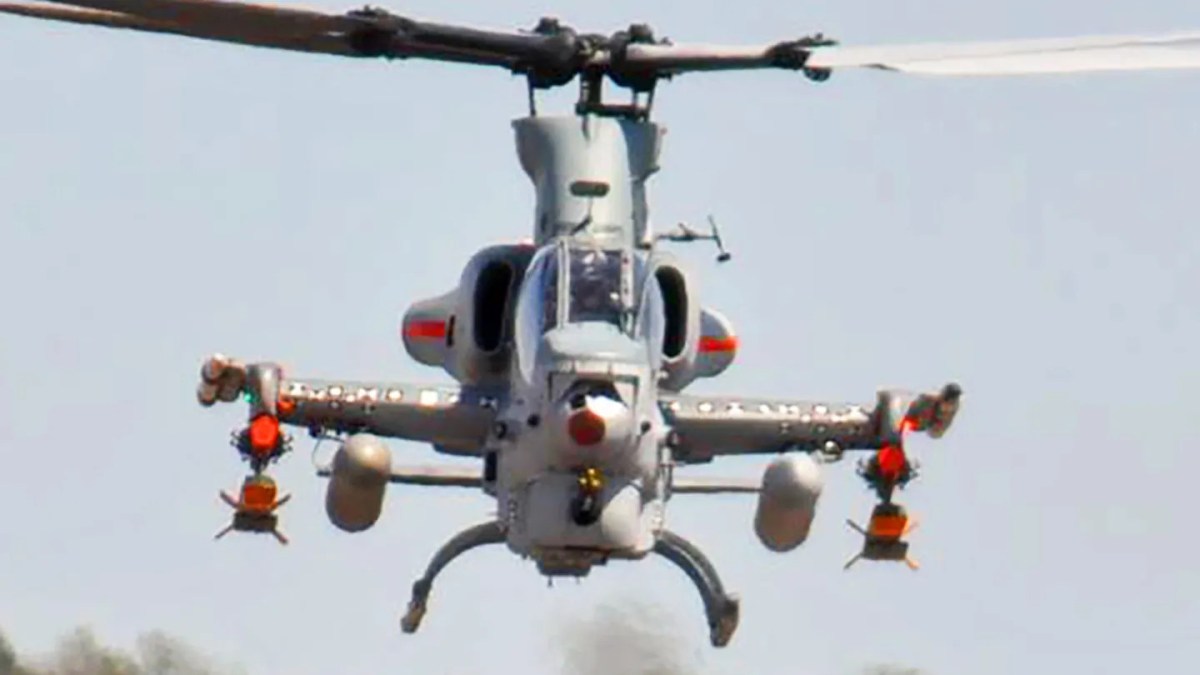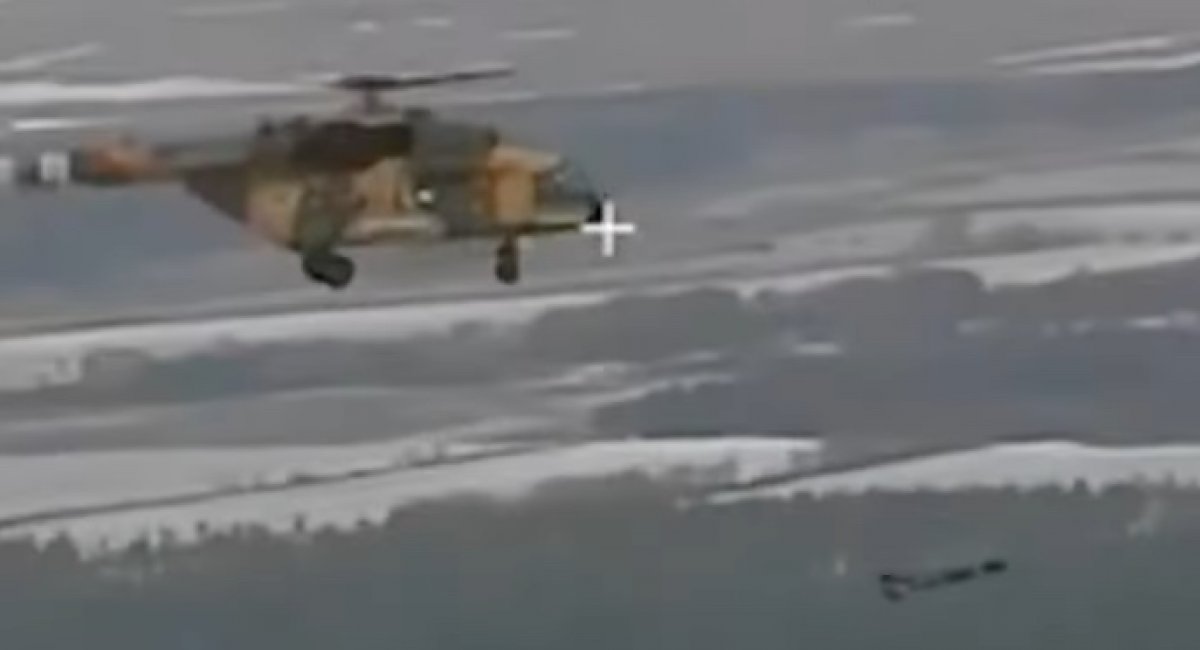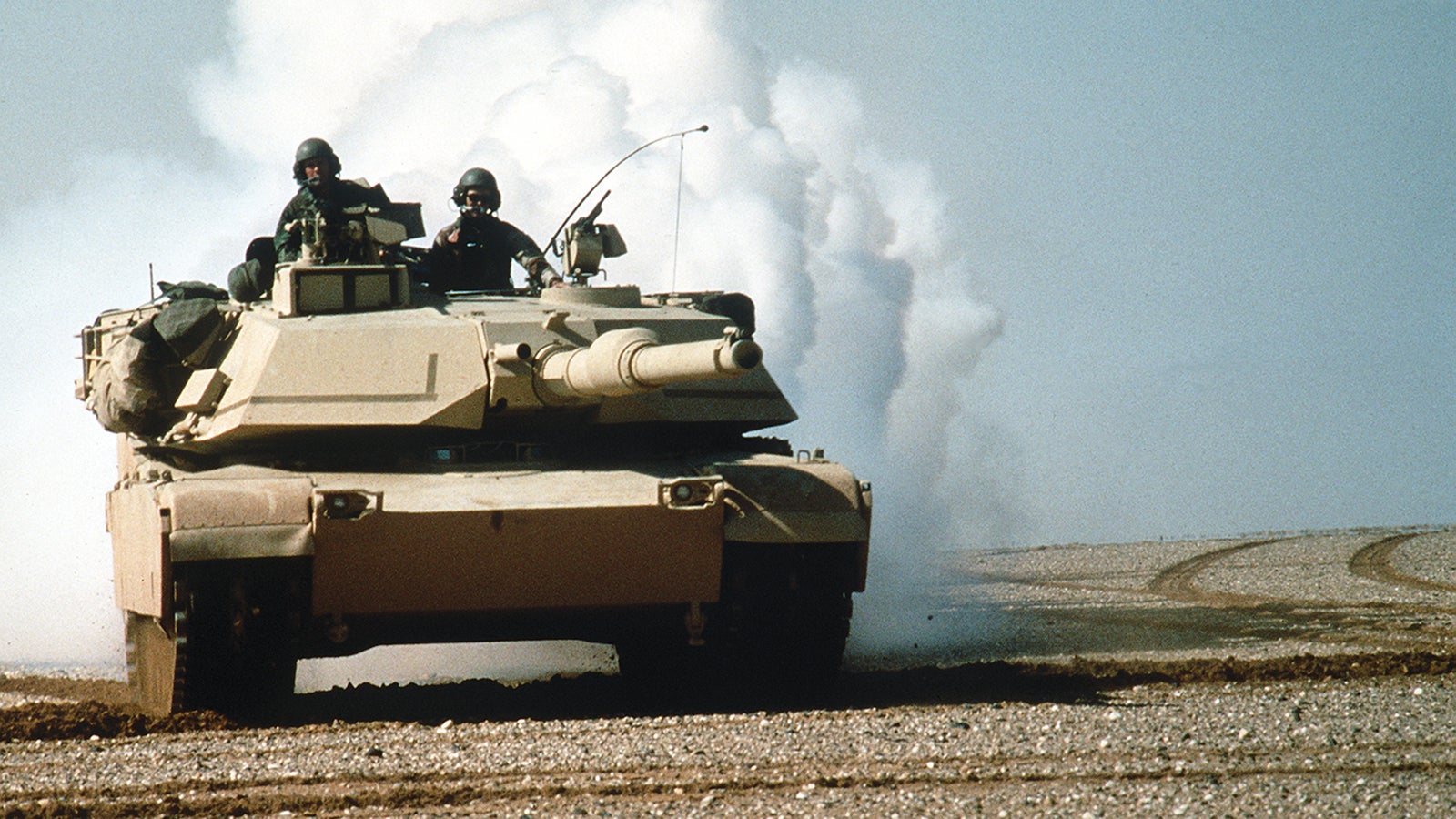One area that I think the changes to
AirLand Battle are causing harm is with rotary aviation.
AirLand was all about the offensive use of helicopters (Apaches and Cobras). Logistics didn't get the same attention. (Hawks and Hooks) even with grandiose schemes for Vertical Envelopment.
These days, I perceive a strong, if not stronger, case for maintaining and even expanding the rotary wing fleet, in order to sustain dispersed operations. That doesn't mean pushing helicopters forwards to FEBA/FLOT. It means the opposite. Using helicopters behind the lines, well behind the lines, to rapidly support dispersed Hubs and FOBs.
They may be vulnerable to UAVs and Aircraft but are they any more vulnerable than ground vehicles that are slower and constrained by terrain?
The work of the Kiowas and Apaches has largely been transferred to UAVs. On the other hand Apaches as rapidly relocating launch points for long range UAVs, effectively as flying artillery, should still make them useful in the field.
...
Dumping battalions of infanteers behind enemy lines doesn't seem like a winning proposition to me. But moving and sustaining own troops behind friendly lines to create blocks and channels does seem workable.
View attachment 93397
The modular Red Wolf launched effects weapon could give Marine AH-1Zs a key new standoff strike tool and open the door to other capabilities.

www.twz.com
Is the chin turret still necessary if the aircraft is going to used in the stand-off role?













